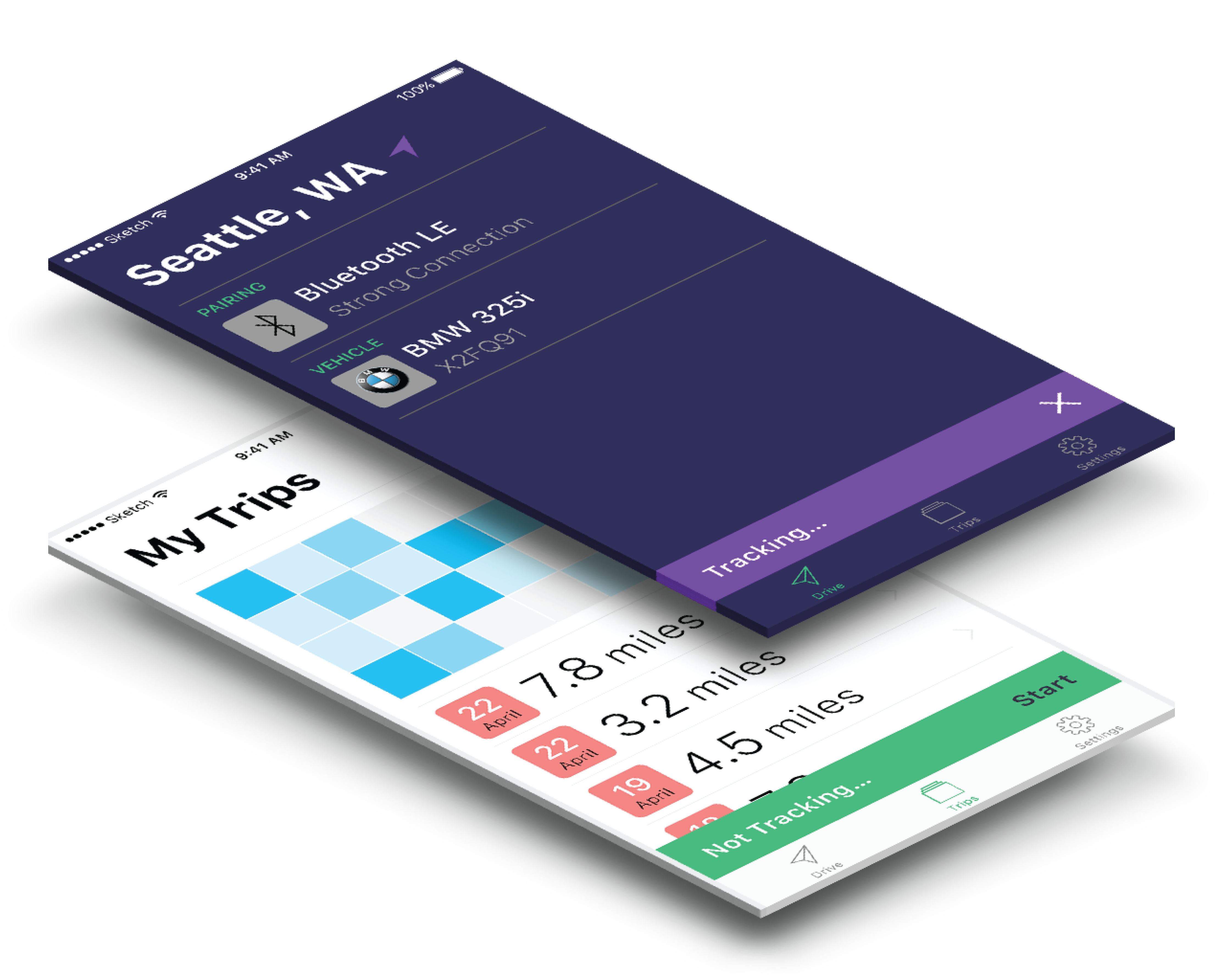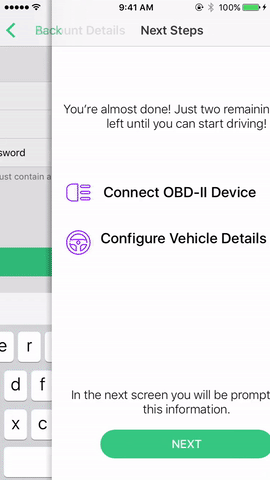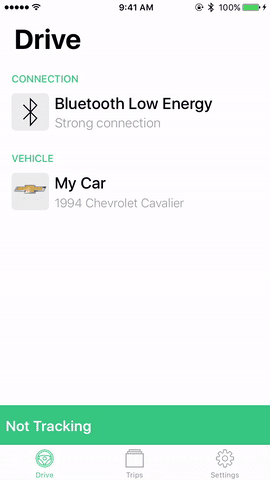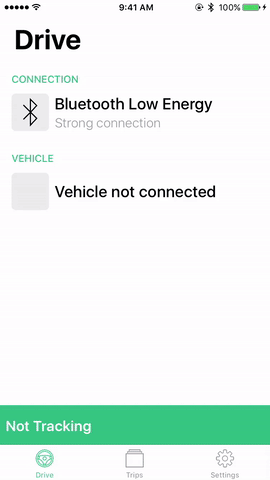WARUC
Washington Road Usage Charge Pilot
UW Information School Capstone 2017
- Dylan Babbs
- Informatics '17
- Product Manager
- Jackson Brown
- Informatics '17
- Software Engineer
- Jack Fox
- Informatics '17
- Software Engineer
- Nick Nordale
- Informatics '17
- Software Engineer
- Ishan Saksena
- Informatics '18
- Software Engineer
Introducing WARUC iOS
- Automatic vehicle recognition, pairing, and mileage recording
- Bluetooth LE connection to minimize battery consumption
- Trip history view to provide driving validation and analytics to user
- Location tracking available to those without OBD-II hardware
Washington Road Usage Charge Pilot Project asked for potential solutions to help solve the state transporation infrastructure budget. Our solution is an iOS application that utilizies modern Bluetooth Low Energy technology, our open source OBD-II Bluetooth connection framework, location services, and more to easily connect and record mileage of a vehicle.

Vehicle Onboarding

Recording Mileage

Vehicle Detection

Application and Tech
OBD-II to iOS Connection
- Bluetooth Low Energy connection means low battery consumption and quick pairing of devices
- Mobile device connects automatically when OBD-II presence is detected
- All iOS devices iPhone 4+ equipped with Bluetooth LE
- Built first open source framework to establish and maintain connection between OBD-II and iOS devices
Database Connection
- Built with Firebase (A Google Service);
Quick, secure, and easy to manage - Easy to update ERD and subsequent database
- Our database was created with scalability and adaptability in mind, allowing for growth and use long after the pilot project
Design Choices
- Intuitive interface for users to understand the current state of the application
- With OBD-II there is minimal impact to the users driving experience
- Extensive help during onboarding process if the user would like assistance allows all users to understand setup